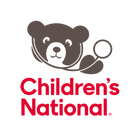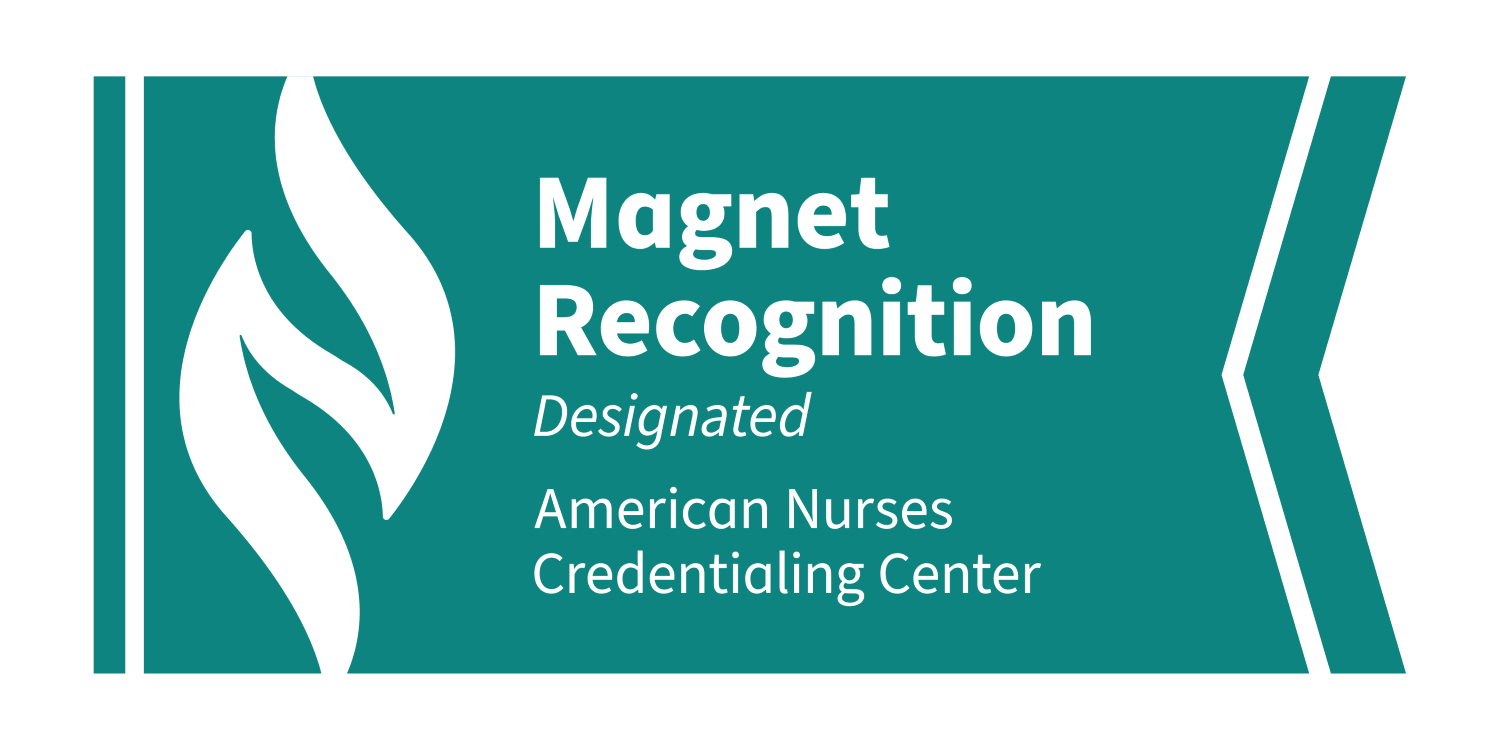Treatment
Pediatric Cholecystostomy and Biliary Drain Placement
One of the many functions of the liver is the production of bile, a substance integral to the digestion and absorption of food. Bile is produced by the liver cells (hepatocytes) and then flows into small tubules in the liver called ducts. Small ducts come together to form larger ducts and eventually, ducts from the right and left side of the liver merge to form the common hepatic duct. When it is not needed, the bile travels from the common hepatic duct into the cystic duct, which leads to the gall bladder where bile is stored. When needed by the body, bile flows from the common hepatic duct or cystic duct into the common bile duct, the large duct formed from the merging of the common hepatic and cystic ducts. From this point, bile flows through a small sphincter and into the small bowel. The pancreatic duct joins the common bile duct just before the common bile duct entry into the small bowel. The biliary system can become blocked at any level along this pathway.
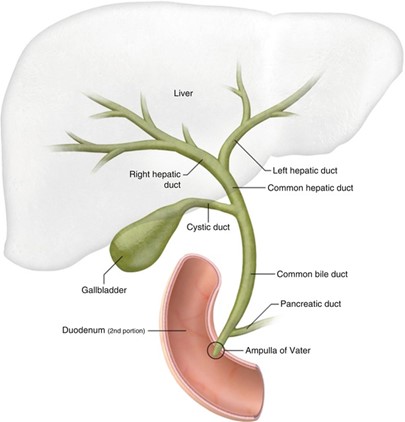
Frequently Asked Questions
What is a cholecystostomy in children?
How is a cholecystostomy tube placement performed in children?
How is percutaneous transhepatic biliary drainage (PTBD) performed in children.
Will my child be awake for the cholecystostomy procedure?
Will my child be in any pain after the cholecystostomy procedure?
How long will my child's cholecystostomy procedure take?
What risks are associated with a cholecystostomy procedure in children?
Meet the Providers Who Perform Cholecystostomy Procedures
Departments that Offer Cholecystostomy
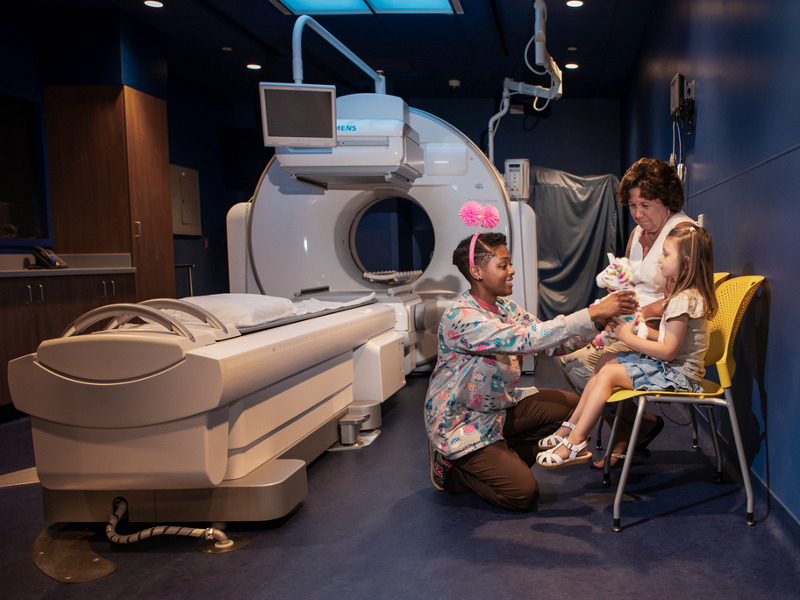
Interventional Radiology
Children's National interventional radiologists perform a full range of minimally invasive, image-guided procedures to both diagnose and treat disease in infants, children and adolescents. Learn more about how we help children in our care.
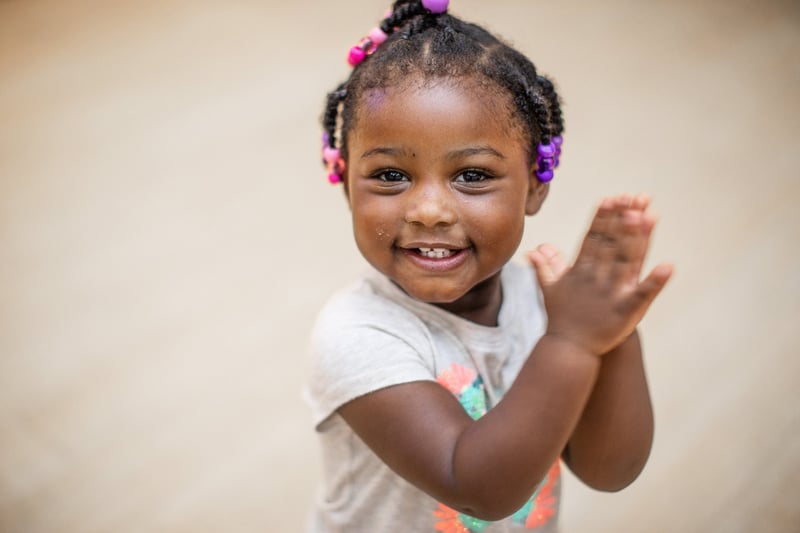
Help Kids and Make a Difference
Invest in future cures for some of life's most devastating diseases. Give today to help more children grow up stronger.





